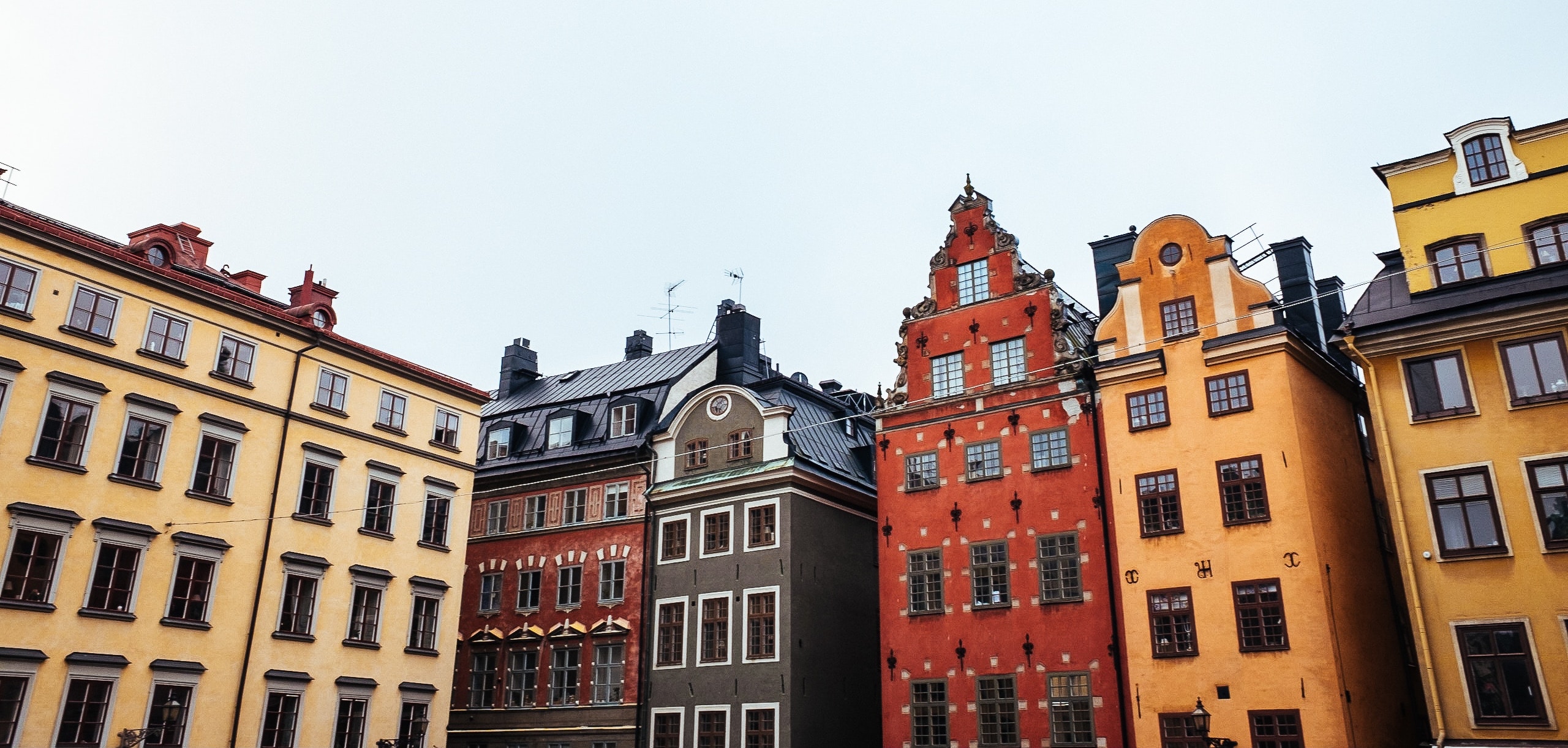The data artist and Creative Director of the Data Arts Team at the Google Creative Labs, Aaron Koblin, likes data points. The digital representation of information— flights, sounds, physical addresses— provide an oddly relatable medium. It brings the digital into the analog; it’s impossible not to be enthralled by his most ambitious projects because they tend to have people just like you as willing collaborators. Flight Patterns, a hypnotic blizzard of national flight paths musically backed with kitschy and endearing electronica, announced Koblin’s rise to infographic stardom. The most fascinating part of the piece is also the most mundane: the bursting eggs of light along the edges of the central shape (as well as two or three in the center) create a web of fireworks that is oddly mesmerizing but in reality those explosions of static are flights leaving from JFK, LGA, LAX, MIA, DFW, ORD, and ATL.
The significance of the light concentration in Koblin’s work shouldn’t come as a surprise. The CIA Factbook —something of a clearinghouse for geopolitical factoids—puts the United States’ urbanization rate at 82%, or about 255 million people, but what does that really mean? According the U.S. Department of Transportation, the entity in charge of city planning because, well, think of how much money a given area needs to spend on getting around, tells us that “[a]n urbanized area is comprised of one or more places and the adjacent densely settled surrounding area together include at least 50,000 people.” A nebulous definition, at best.
The blurred definitions of town, city, and urban area potentially negates the entire concept that many of us have of the traditional American city: a densely populated core with tendrils expanding out towards a less populated, but still packed, periphery. Beyond that are the suburbs and exurbs, which endure those monikers because they are so inherently “un-citylike”, but they are still included in the calculations behind urbanization rates. When did a part of the landscape that urbanists disdain so much become an inextricable part of the movement towards making cities important? And how do we fix it?
Being at the mercy of outdated metrics seems to a global pastime. Most famously, Robert F. Kennedy’s criticism of Gross National Product as a measure of prosperity, and by proxy a majority of the drier economic rubrics, offered that “[GNP] tells us everything about America except why we are proud to be Americans.” Kennedy was not an economist but had a singular talent for accessing the most beatific notions of being American and attempting, until his tragic assassination in 1968, to drive progressivism by appealing to the more emotional angels of magnanimous patriotism. What he was asking for was a more complete way to judge our surroundings and, more specifically, how well people were doing in their every day lives. While concepts like purchasing power parity (how much that paycheck is really worth) and consumer price index (how much things actually cost) have caught on in the U.S., our economic well-being is still based upon the statistically sharp but practically enigmatic concepts of Gross Domestic Product and Gross National Product.
The same argument could be made for cities today. Does all 579 mi2 of Houston, Texas (twice the size of Singapore in terms of land mass and a little more than half the population) count as a city? Of course not, and for everyone that has been to Houston it’s obvious that there are pockets of density where most of the people live and stretches of bucolic perpetuity where people, well, don’t. The USDOT, whose lexicon apparently hasn’t been updated since we used wagon trains to go west, labels the areas of a city with more than 1,000 persons per square mile as “densely settled”.
To put that statistic into perspective New York City has a density of 26,402 persons per mi2 while Farmington, New Mexico has a density of 1,613. In terms of urbanization rates these two places are siblings of similar weight but different heights; adobe and steel. The blindly empirical approach to judging how many of us live in “cities” is starting to fray at both ends: we are mathematically urban because of our suburbs, but we are functionally rural because of our cities.
In a vacuum, cities will always be defined by population. A town of 30,000 living on a plot of 30 mi2 in Arizona may look as dense as some parts of Los Angeles on paper but that, as geographically prejudicial as it may sound, does not qualify a place as a city not its people as urban. Urbanization rates need to be reconciled with the unkind realities of affluent modern America: suburbs and highways dominate our landscape. 82% of us do not live in cities like Philadelphia and Chicago but more likely live in Hamden, CT (pop. 58,119) or Lorain, OH (pop. 70,263). Are the latter two cities? According to government definitions, yes. But are they urban?
Aaron Koblin’s Flight Patterns gives us a stylized view of America: making out the concave edges of the east coast and the vertical beach chair of the west is easy if you just follow the lights. Cities, usually where those points explode from, are surely the centers of innovation, creativity, and dynamism that thinkers like Richard Florida and Edward Glaeser make them out to be, but they are not where most of us choose to live. More and more young people are attempting to regenerate cities from the inside out and are, as young people are wont, recoiling at the thought of moving back to their detached family homes. Real cities with tangible urbanity are still the exception. We’re not static though, we can shift the demographics and data and give Mr. Koblin and his team another movement to track; not planes but people.


